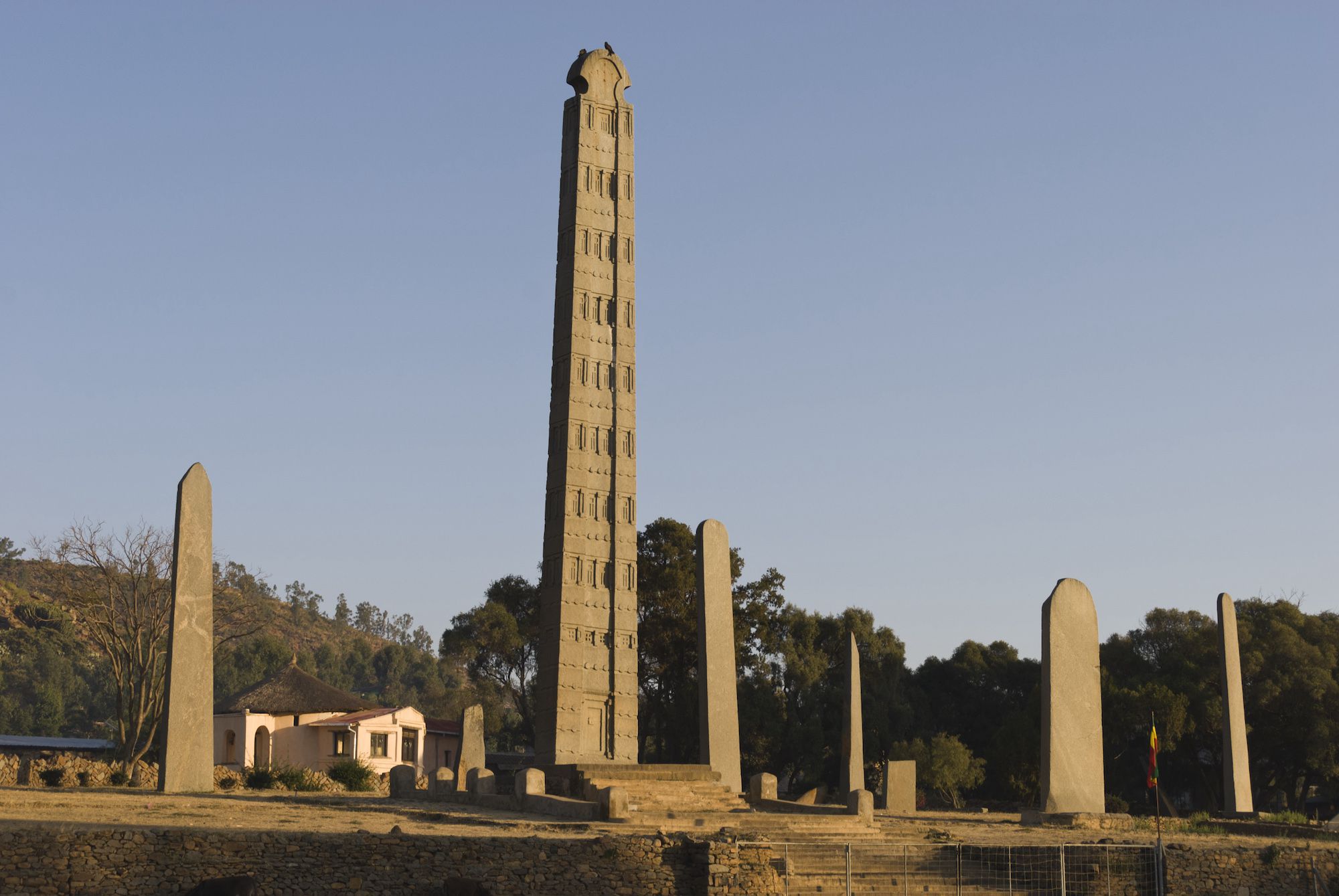By Molla Mitiku
The construction of Grand Ethiopian Renaissance Dam (GERD) which was estimated to cost a total of 4.7 billion USD to be financed and constructed with local capabilities. The President of Tigray Regional State Dr. Debretsion Gebremichel was responsible in leading the entire situation as board chairman of the GERD.
He told foreign and local journalists outside Tigray on the 20th of February 2020 at his office the GERD was undertaking well at that time. He emphasized that the reason why the Ethiopian government didn't allow foreign intimidation was to prevent interference in the course of the construction.
He expressed his disappointment on the recent accusation as if the Dam was used by the government for political consumption.
According to Dr. Debretsion, the very notion of building GERD was not political but it was economic. The intention was to build power engineering industry in Ethiopia. There was a plan to generate as huge power as possible to help in sustaining the economic development of the country.
In fact, available documents indicate that the country has targeted to increase its power generating capacity to over 17,000 MW by 2020, with an overall potential of 35,000 MW by 2037 in order to sustain Ethiopia’s continued economic growth and enable it to become a regional renewable energy hub in East Africa. But nowadays that plan has just jeopardized.
While the tripartite continued staggering, Egypt had been attempting all means that could help to jeopardize the Dam. It designed different strategies to create havoc in Ethiopia. Firstly, it has been supporting political parties and strengthen them to stand against EPRDF and the government of Ethiopia. Secondly, it has been instigating religious conflicts in the country. Thirdly, it has been working in dividing the ruling party apart and support the faction. And lastly it has been backing any violence in the country. Egypt had been offering a number of trainings to groups that aimed to disintegrate the country.
GERD is among the projects launched by the government to develop the country’s economy. The denial of its significance role in facilitating the economic integration along the Nile Basin apart from its contribution to minimize water evaporation, minimize flood and maintain constant amount of water flows to downstream countries has resulted in disharmony among Ethiopia and Egypt.
Realizing the benefits the construction of the dam could have, the Sudan was previously on the side of Ethiopia. But nowadays things have changed. It has the same stand with Egypt.
Dr. Debretsion Gebremichal described this as failure of the leadership. He said that the discussions were undertaking and solutions were presented to every problem in the previous years.
Now the interference of America, IMF and WB is our own failures that their interest could be extended up to halting the construction. However. The construction reached at a point where it cannot be collapsed. In having relations with WB and IMF, everyone has to know that there is no free lunch. They offer us money and coerced as to do something they want.
The President of the Regional State of Tigray Dr. Debretsion also agreed with this idea. He said, “The skilled manpower that we have amassed in due process of the construction was also now dispersed. Where can we bring our own skilled manpower if we failed to maintain what we had so far? The supports coming from USA, WB and IMF have their own prerequisites. They give us money and persuade us to accomplish something they desired. That is why the number of turbines have reduced. However, it is good that the government have recently made vivid that it won't accept what these organizations and Egypt are posing currently".

 በምርቃት ሥነ ስርዓቱ ላይ የውሃ፣ መስኖና ኢነርጅ ሚኒስትር ዶክተር ኢንጅነር ስለሺ በቀለ፣ የኢኖቬሽንና ቴክኖሎጅ ሚኒስትር ዶክተር ኢንጅነር አብርሃም በላይ እና የታላቁ ኢትዮጵያ ህዳሴ ግድብ ህዝባዊ ተሳትፎ አስተባባሪ ብሄራዊ ምክር ቤት ጽህፈት ቤት ዋና ዳይሬክተር ወይዘሮ ሮማን ገብረስላሴ ተገኝተዋል።
በምርቃት ሥነ ስርዓቱ ላይ የውሃ፣ መስኖና ኢነርጅ ሚኒስትር ዶክተር ኢንጅነር ስለሺ በቀለ፣ የኢኖቬሽንና ቴክኖሎጅ ሚኒስትር ዶክተር ኢንጅነር አብርሃም በላይ እና የታላቁ ኢትዮጵያ ህዳሴ ግድብ ህዝባዊ ተሳትፎ አስተባባሪ ብሄራዊ ምክር ቤት ጽህፈት ቤት ዋና ዳይሬክተር ወይዘሮ ሮማን ገብረስላሴ ተገኝተዋል።

